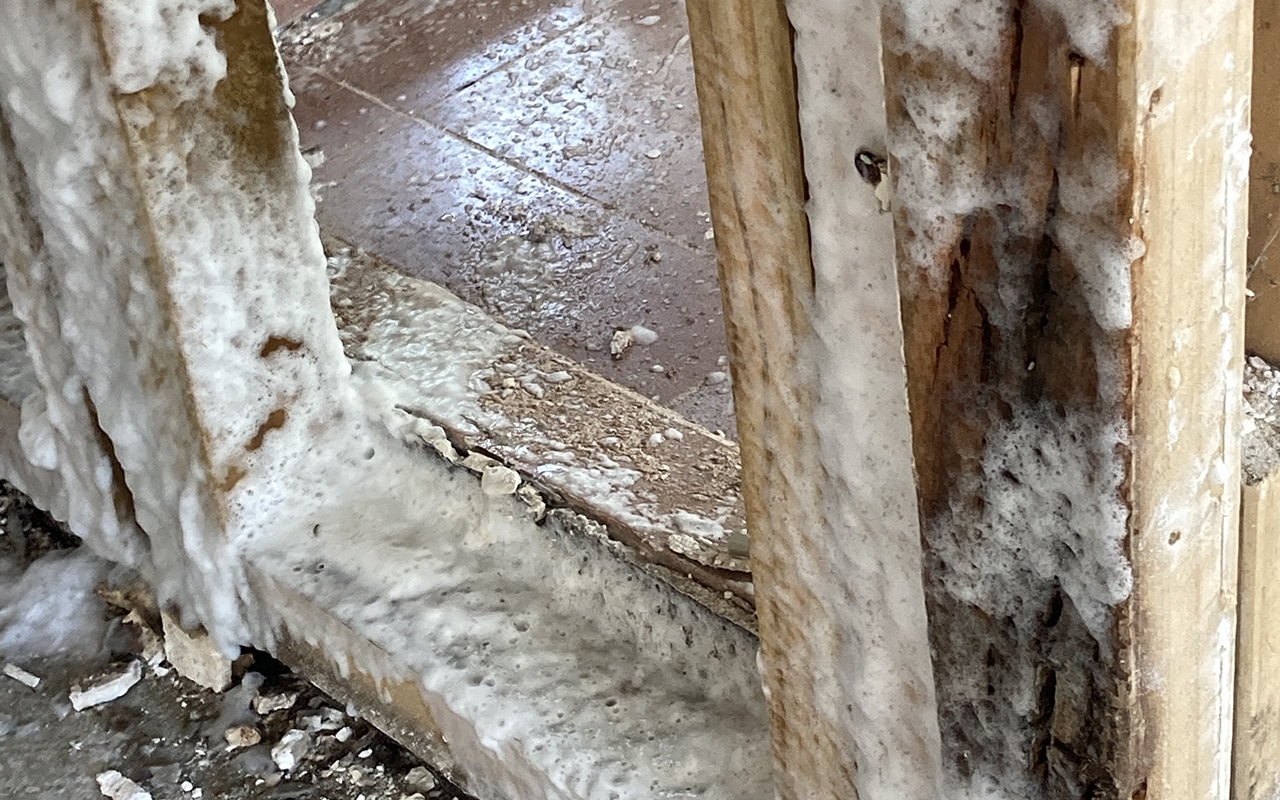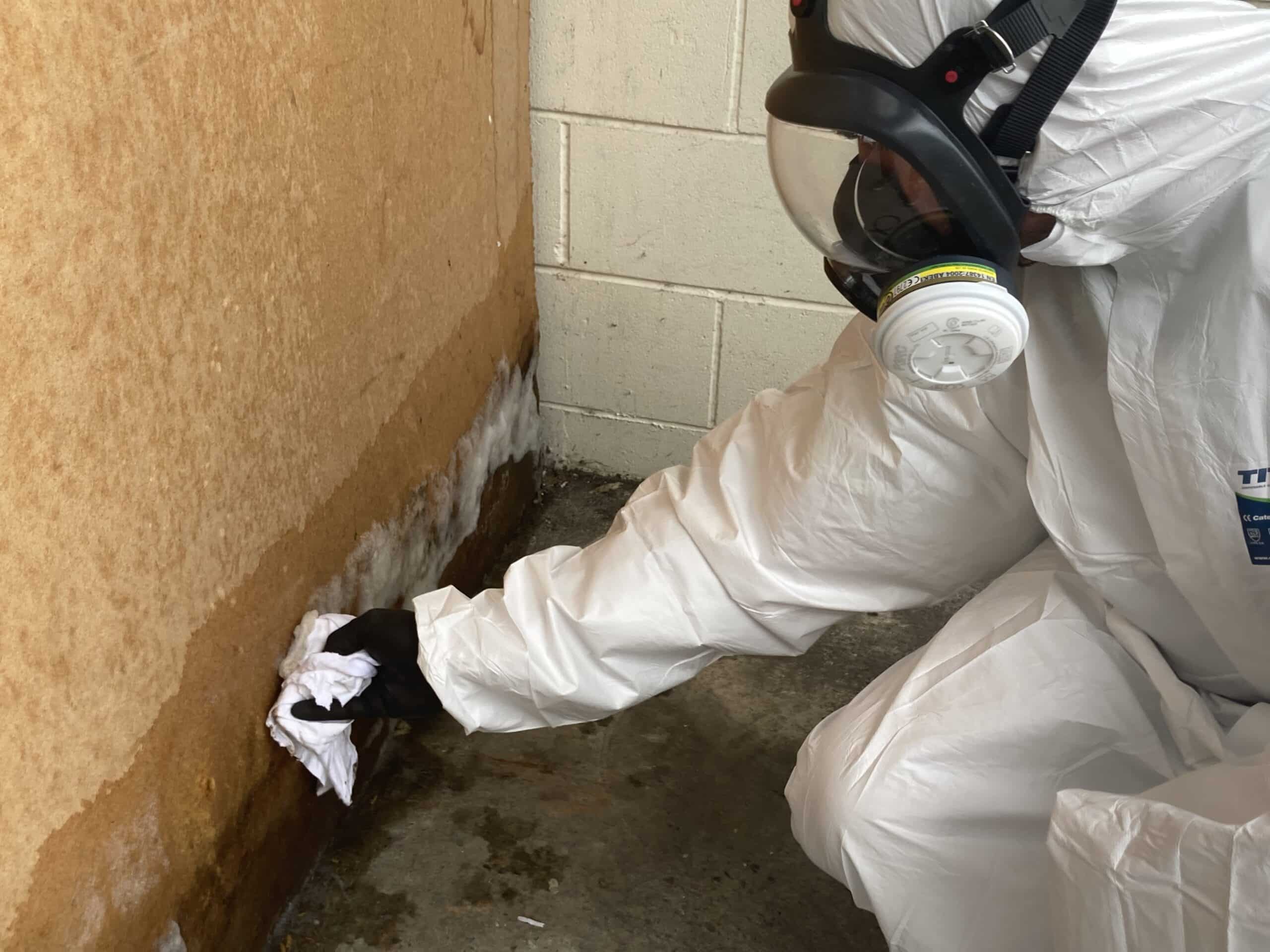

Winter Mould: Understanding the Health Hazards and Effective Prevention Measures.
As winter arrives, it brings along colder temperatures and increased humidity, creating the perfect conditions for mould growth in our homes. While many people associate mould problems with warmer months, winter mold can be equally troublesome and pose significant health hazards. In this article, we will explore the dangers of winter mould and provide valuable insights into effective prevention measures.
The Health Hazards of Winter Mould :
Respiratory Issues:
Winter mould releases spores into the air, which can trigger respiratory problems, especially in individuals with pre-existing conditions such as asthma or allergies. These spores can cause coughing, wheezing, chest tightness, and other respiratory discomforts.
Allergic Reactions:
Mould spores are known allergens that can provoke allergic reactions in susceptible individuals. Symptoms may include sneezing, runny nose, itchy eyes, and skin rashes. Prolonged exposure to mold can worsen these symptoms and lead to chronic allergies.
Asthma Attacks:
Winter mould can trigger asthma attacks in individuals with asthma. The spores irritate the airways, causing inflammation and constriction, leading to breathing difficulties, chest pain, and wheezing. Asthma sufferers should be particularly cautious about mould exposure during the winter months.
Weakened Immune System:
Some types of mould produce mycotoxins, toxic substances that can weaken the immune system. Prolonged exposure to these mycotoxins can make individuals more susceptible to infections, respiratory illnesses, and other health issues.
Preventing Winter Mould :
Control Humidity Levels:
Maintaining proper humidity levels in your home is crucial for mold prevention. Ideally, indoor humidity should be kept below 50%. Use dehumidifiers or air conditioners to regulate humidity, especially in areas prone to moisture buildup such as basements, bathrooms, and kitchens.
Adequate Ventilation:
Proper ventilation helps to reduce moisture accumulation, preventing mould growth. Ensure that bathrooms and kitchens have exhaust fans that vent to the outside. Additionally, open windows periodically to allow fresh air circulation.
Fix Leaks and Moisture Issues:
Inspect your home for any leaks or moisture problems, such as plumbing leaks, roof leaks, or condensation buildup. Address these issues promptly to prevent water damage and mould growth. Clean and dry any wet surfaces or materials immediately.
Use Mould-Resistant Materials:
When renovating or remodeling, choose mold-resistant materials such as mould-resistant drywall, paints, and insulation. These materials are specifically designed to inhibit mould growth and reduce the risk of mould-related problems.
Regular Cleaning and Maintenance:
Regularly clean and vacuum your home to minimize the presence of mould spores. Pay special attention to areas prone to moisture, such as bathrooms, kitchens, and basements. Use mould-inhibiting cleaning products and ensure proper drying after cleaning.
Professional Mould Inspection:
If you suspect or have had a history of mould problems, consider hiring a professional mold inspector to assess your home. They can identify mould sources, recommend remediation strategies, and help ensure a mold-free environment.
Conclusion:
Winter mould can pose significant health hazards, affecting both respiratory health and overall well-being. By understanding the dangers associated with winter mould and implementing effective prevention measures, you can protect yourself and your family. Control humidity levels, maintain proper ventilation, address moisture issues promptly, and employ mould -resistant materials to create a mold-free living space. By taking proactive steps, you can enjoy a healthier and mold-free winter season.
